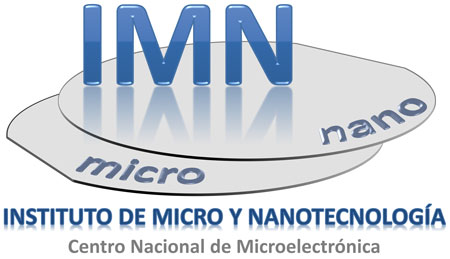Authors: Cereceda-Company, P; Costa-Kramer, JL
Article.
J. Electrochem. Soc.. vol: 165. page: 0013-4651.
Date: . 2018.
Doi: 10.1149/2.0221805jes.
Abstract:
Bismuth electroplating and fabrication efforts for its incorporation as an absorber in Superconducting Transition Edge X-ray Sensor devices are summarized. The bismuth films, a few microns thick, are grown using both aqueous and non-aqueous solutions. They are characterized by optical imaging, profilometry, X-ray diffraction, SEM, and by electrical transport (resistivity and Hall Effect) measurements from 30 to 310 K. While aqueous solutions produce an irregular rough and polycrystalline material, with very little chance to tune transport properties, films grown in non-aqueous solvents improve considerably homogeneity, surface roughness, and density. It is also demonstrated how the crystal texture of the films can be controlled with electroplating parameters. This allows orienting anisotropy axes directly during electroplating and thus tune electrical and thermal conductance depending on device requirements. This a significant step toward direct electrodeposition of Bi films with good transport properties, still a significant technological challenge. In order to have reasonable quantitative objectives for physical properties such as surface roughness, crystalline texture, electrical conductivity, etc. Bismuth films are also grown by Physical Vapor Deposition, characterized and compared with the electroplated. (C) 2018 The Electrochemical Society..


